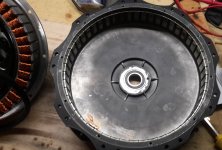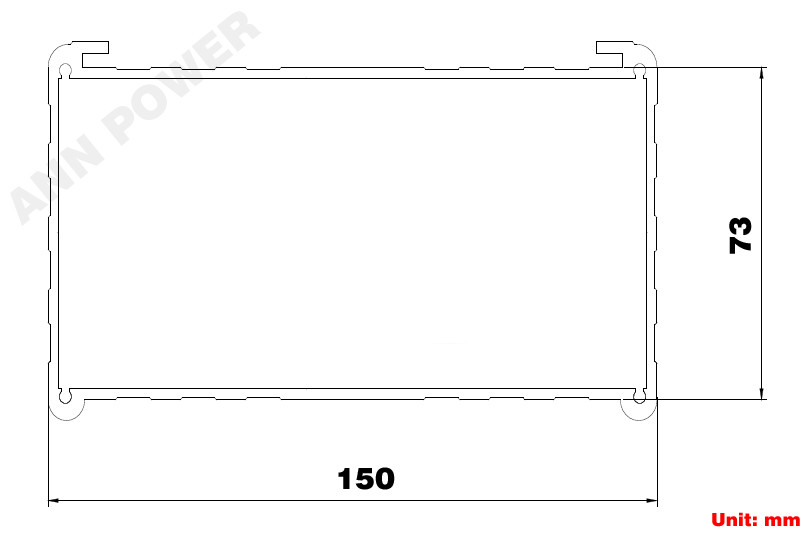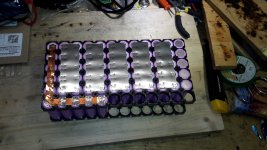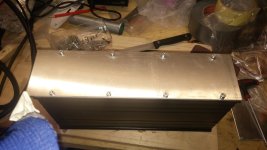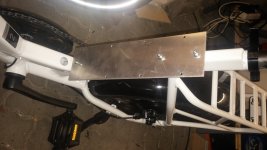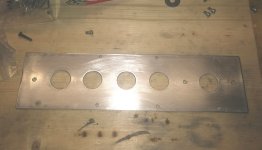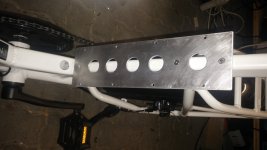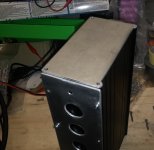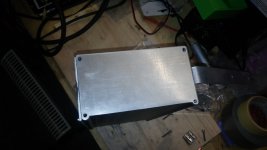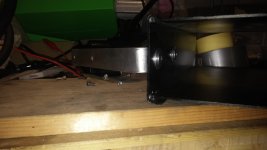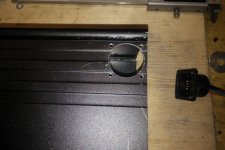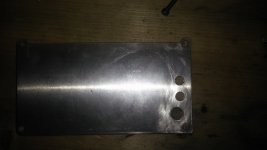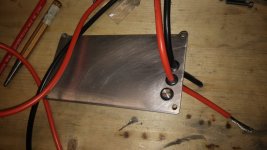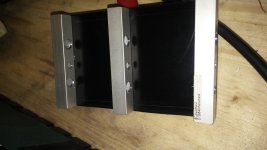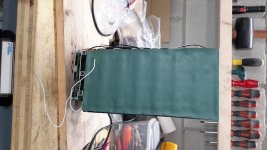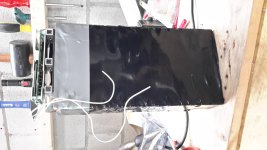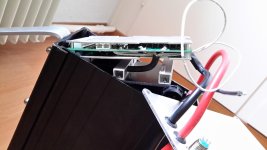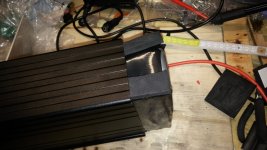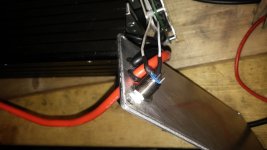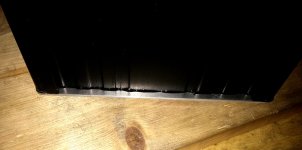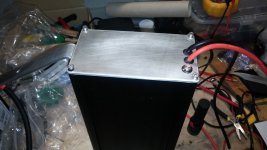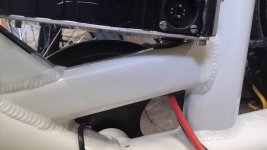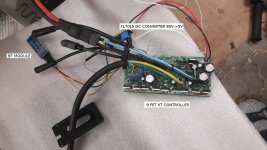After a few builds with mid drives (tsdz2, bbs02) and geared hub motors, I wanted to experiment with DD hubs. There are several reasons behind it, the top ones beeing low noise, low maintenance (NO GEARS) and an additional brake through regen.
Now since its rather mountainous where I live, I first tought that going DD would be pointless - at least until reading here about the power of DD hubs laced in small wheels.
Unfortunately, small diameter wheels come with problems of their own: limited carrying capacity and especially bumpy ride. As a workaround, I figured why not used wider tires ? The increased air volume should help with suspension (see balloon tires effect), and the wider contact surface should improve stability under load.
And thus the idea of a 20" wide tire cargo was born.
At first I wanted to build the frame myself. But since I don't have the welding apparatus, I had to seek for professional help, and, well, given the price tag, had to revert back to the chinese way: find a cheap but decent chinese donor bike and upgrade it.
After some serious searching and mailing around, I stumbled upon this bike which made a good impression. I found the chinese supplier for it, and ordered a sample model. Unfortunately, they would not agree to sell a framekit only, so I had to get the complete ebike with a battery and motor I have no use for....
Took a couple of month, but the bike arrived in good shape.
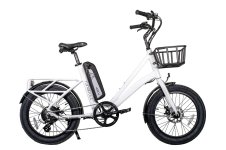
I took a test tour and confirmed my overall impression:
1. 20"x3" is a good compromise. Not as huge as 4" fatties, but still offering a decent suspension
2. Besides the frame, nearly everything is crappy on that bike - from the derailleur to the brakes. The only suprise is the little hengtai motor, proving to be quite powerful; unfortunately it comes coupled with a square wave controller making it super loud. Also, event if the motor has some capacity, climbing steep hills is no option.
Now since its rather mountainous where I live, I first tought that going DD would be pointless - at least until reading here about the power of DD hubs laced in small wheels.
Unfortunately, small diameter wheels come with problems of their own: limited carrying capacity and especially bumpy ride. As a workaround, I figured why not used wider tires ? The increased air volume should help with suspension (see balloon tires effect), and the wider contact surface should improve stability under load.
And thus the idea of a 20" wide tire cargo was born.
At first I wanted to build the frame myself. But since I don't have the welding apparatus, I had to seek for professional help, and, well, given the price tag, had to revert back to the chinese way: find a cheap but decent chinese donor bike and upgrade it.
After some serious searching and mailing around, I stumbled upon this bike which made a good impression. I found the chinese supplier for it, and ordered a sample model. Unfortunately, they would not agree to sell a framekit only, so I had to get the complete ebike with a battery and motor I have no use for....
Took a couple of month, but the bike arrived in good shape.

I took a test tour and confirmed my overall impression:
1. 20"x3" is a good compromise. Not as huge as 4" fatties, but still offering a decent suspension
2. Besides the frame, nearly everything is crappy on that bike - from the derailleur to the brakes. The only suprise is the little hengtai motor, proving to be quite powerful; unfortunately it comes coupled with a square wave controller making it super loud. Also, event if the motor has some capacity, climbing steep hills is no option.



